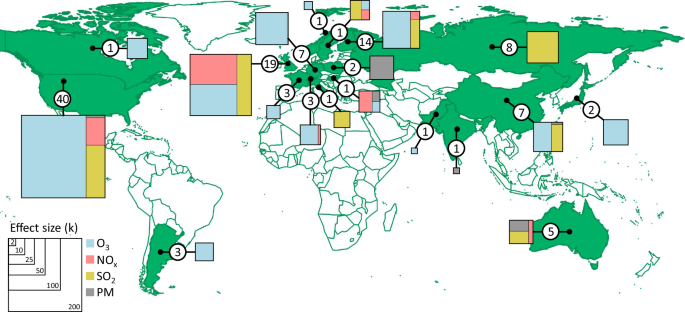Time: 2024-07-14
Air pollution has been found to have a significant impact on insects and invertebrates , with beneficial bugs such as bees being disproportionately affected compared to pests . A study conducted by researchers from the University of Reading analyzed data from 120 scientific papers from 19 countries to understand how different insects respond to pollutants like ozone , nitrogen oxides , sulfur dioxide , and particulate matter . The study revealed that pollinators , including bees , moths , and butterflies , experienced a 39 % decline in foraging efficiency due to elevated air pollution levels . In contrast , plant - eating aphids and other pests showed no significant impact from the pollutants . This suggests that beneficial insects like bees and wasps are more susceptible to air pollution due to their reliance on scent - based communication.
The study focused on various aspects of insect behavior and biology , including feeding , growth , survival , reproduction , and the ability to locate food sources . Of these factors , the ability to find food was the most severely impaired by air pollution , with a one - third decline on average . Ozone was identified as particularly harmful to beneficial insects , reducing their ability to thrive and carry out their ecological roles by 35 % . Nitrogen oxides also had a substantial negative impact on beneficial insects . The researchers predict that predicted increases in tropospheric ozone could lead to unintended consequences for global invertebrate populations and their ecological services.

Researchers utilized a multi - level meta - analysis approach to quantify the effect of air pollution on invertebrate performance . They used the natural log of the response ratio to calculate the percentage loss or increase in performance between invertebrates exposed to elevated pollution and ambient conditions . Fixed effects models were used to determine the variables that explained the most variation in air pollution - mediated changes in invertebrate performance . The study also examined the associations between pollutant concentration and invertebrate performance , with a focus on pollutants like NOx , O3 , SO2 , and PM.
The results of the study highlight the significant impact of air pollution on insects and invertebrates , particularly beneficial species like bees . The findings underscore the need for further research on the effects of co - occurring air pollutants and how they interact at different mixing ratios . Understanding these interactions is crucial for developing strategies to mitigate the harmful effects of air pollution on pollinators and other beneficial insects , which play a vital role in ecosystem health and biodiversity.